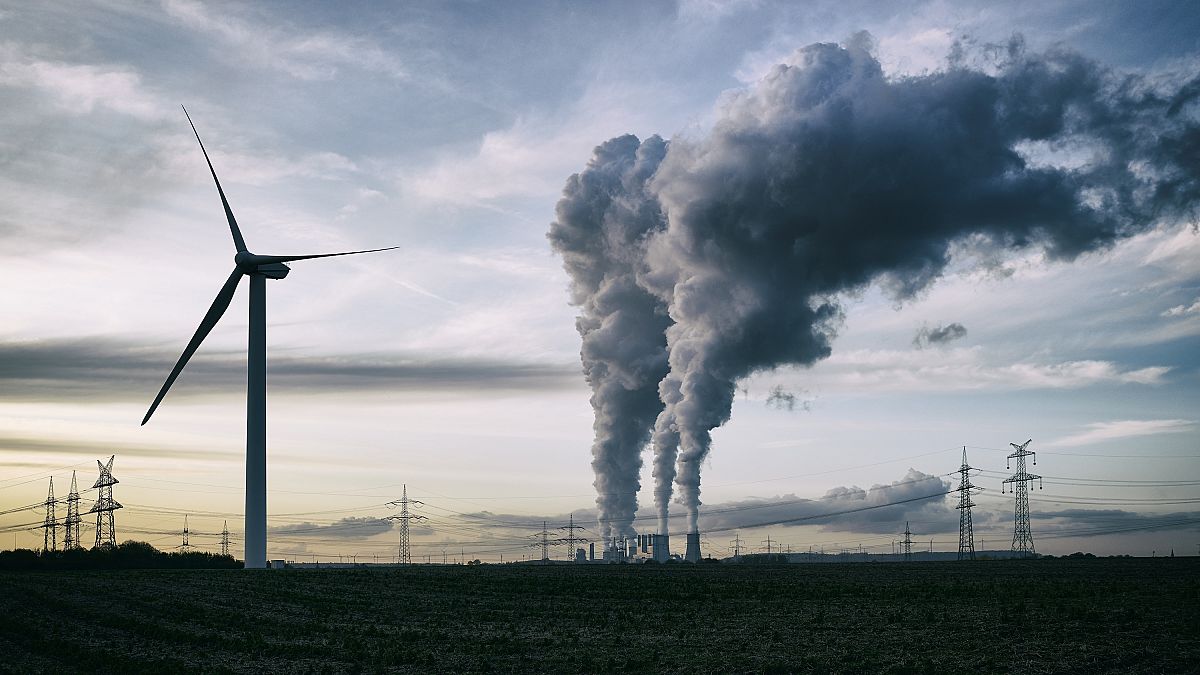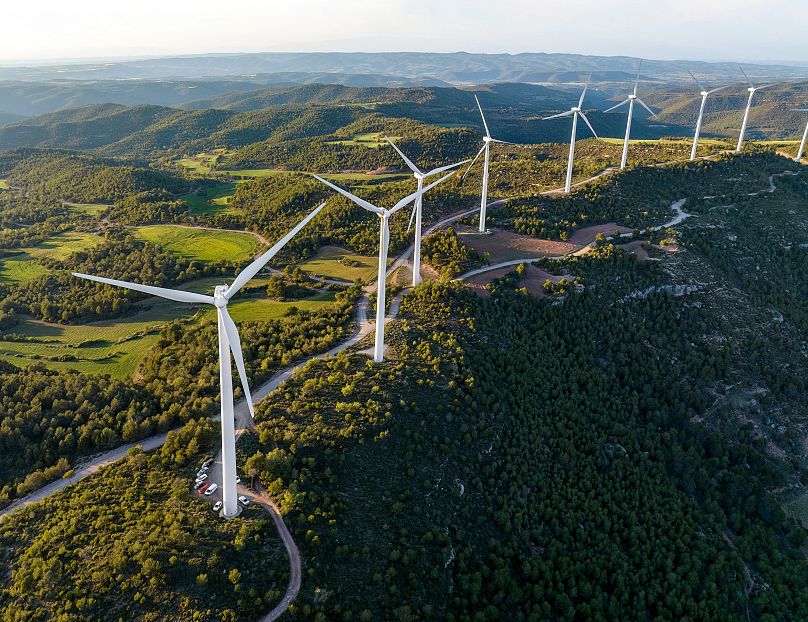By Annabel Murphy
Another month brings yet another indication that Earth's temperatures are on the rise.
Recent data from the Copernicus Climate Change Service (C3S) reveals that June 2024 is the 12th consecutive month where global temperatures have reached 1.5°C above pre-industrial averages.
Over the past 12 months (July 2023 – June 2024), the global average surface temperature has hit record highs, peaking at 0.76°C above the 1991-2020 average and 1.64°C above the pre-industrial average (1850-1900).
Notably, on some days in November 2023 and again in February 2024, temperatures likely surged to +2°C above pre-industrial levels.
This latest data follows a scorching 2023, confirmed as the warmest year globally - a record projected to be surpassed before the decade's end, according to analysis by the UK’s Meteorological Office.
The rapid increase in average temperatures, attributed to the rising increase of greenhouse gas (GHG) in the atmosphere, highlights the significant and continuing shift in Earth’s climate.
In 2023, emissions reached another record high surpassing 35 billion tonnes for the first time, marking a 756 million tonne (2.2 per cent) increase compared to 2022, according to The Energy Institute’s 2024 Statistical Review of World Energy report.
Commenting on the latest data, C3S Director Carlo Buontempo said the news was shocking but not surprising.
“June marks the 13th consecutive month of record-breaking global temperatures, and the 12th in a row [they have reached] 1.5°C above pre-industrial temperatures. This is more than a statistical oddity,” he stressed.
“If our goal is to keep within the limits of the Paris Agreement, we need to stop adding greenhouse gases (GHG) into the atmosphere and the oceans, and reach net zero as soon as practically possible,” he said.
Attention now turns to whether governments and industries are aligning quickly enough with the Paris climate accord's goals. Through an analysis of the latest global climate trends and scientific evidence, Euronews and Copernicus inquire into the future of the Agreement and life on Earth.
Firstly, what does the 2015 Paris Agreement say?
The Paris Agreement is a landmark international treaty aimed at combating climate change.
Negotiated by 196 parties and adopted in 2015 under the United Nations Framework Convention on Climate Change (UNFCCC), the main goal of the treaty is to limit global average temperature increases to well below 2°C above pre-industrial levels, and to pursue efforts to limit the temperature increase by 1.5°C by the end of the century.
1.5°C or 2°C, what difference does it make?
Dr. Stephen Cornelius, WWF International's Global Deputy Leader on Climate and Energy, emphasises the detrimental impact even a 0.5-degree increase can have on the environment.
A sustained increase of 1.5°C would devastate 70 per cent of the world’s warm water coral reefs. However, if temperatures rise to 2°C by 2100, this destruction could extend to 99 per cent.
“Every fraction of a degree of warming counts – even if it goes back down again – because climate change effects can be irreversible on many ecosystems and parts of the world.
“You simply can’t bring back certain things, such as Greenland ice sheets, which is why it’s so important to act fast and act now,” said Dr Cornelius.
If we are already reaching this dangerous threshold in 2024, are we doomed?
The rise in global temperatures over the last 12 months is a red alert but it doesn’t mean the Paris Agreement is dead. The average global temperature threshold of +1.5°C needs to be met for a sustained period of twenty or thirty years.
We have now reached one year of global average temperatures above the 1.5°C mark and, as such, we will continue to experience climate warming and the associated extreme weather events, caused largely by elevated greenhouse gas concentrations in Earth’s atmosphere.
“Even though 2100 seems a very long way away, what we do during this decade and next will impact whether we stay under target by the end of this century,” explained Dr Cornelius.
“If we can drastically reduce emissions by replacing fossil fuel with renewables and increase nature-based solutions to capture carbon, we will get a peak and then a slowing down of rising temperatures through the second half of the century helping to keep the world’s temperature below 1.5°C,” he continued.
What do the projections say about Earth’s future temperatures?
If warming continues at today’s pace, experts at C3S expect to reach the 1.5°C limit in the mid-2030s. That means there will be a sustained period of daily temperatures above the target.
The C3S projections and estimates, which are publicly available through the Copernicus interactive Climate Atlas, are in line with the Intergovernmental Panel on Climate Change (IPCC) which stated there is at least a 50 per cent chance of long-term global warming surpassing 1.5°C in the next decade, even with ambitious emissions cuts.
“In the past 12 months, temperatures have been influenced by El Niño but the underpinning warming trend is undeniable. Breaches of 1.5°C for a month or a year are early signs of getting perilously close to exceeding the long-term limit,” said the C3S Director.
How does Copernicus track progress against the Paris Agreement?
Over the last eight decades, Copernicus has consistently captured and monitored in-situ and satellite data on a range of climate variables including air surface temperatures. This data is analysed, modelled and compared with historical periods to produce accurate insight into our changing environment.
The Global Atlas App, developed by C3S, allows users to visualise past, present and future climate outlooks, combining observational, reanalysis and scenario-based projections. The app also allows users to track temperature increases across different regions.
What steps should we take now to give us the best chance of reversing the trend?
The biggest way to impact global temperatures is no surprise – cut the level of emissions in the atmosphere as fast as possible by scaling up clean energy capacity and reducing dependence on fossil fuels.
Nature-based solutions such as restoring natural ecosystems are also important to remove and store carbon already in the atmosphere.
Adaptation is also needed as the inevitable effects of climate change are already occurring. But there is hope, and change can happen fast.
Wind and solar, for instance, are now the largest source of electricity power in the UK. The overall industry share for renewables in the EU has increased from 34 per cent in 2019 to 44 per cent in 2023 and the world’s largest solar plant – generating enough clean energy to power Luxembourg – has recently come online in China.
“We have one planet and we are all part of it – all decisions made by companies, governments and individuals affect our path over this crucial century. It’s a message that is not new, but it needs to be repeated over and over until the data says otherwise,” concluded Dr Cornelius.







